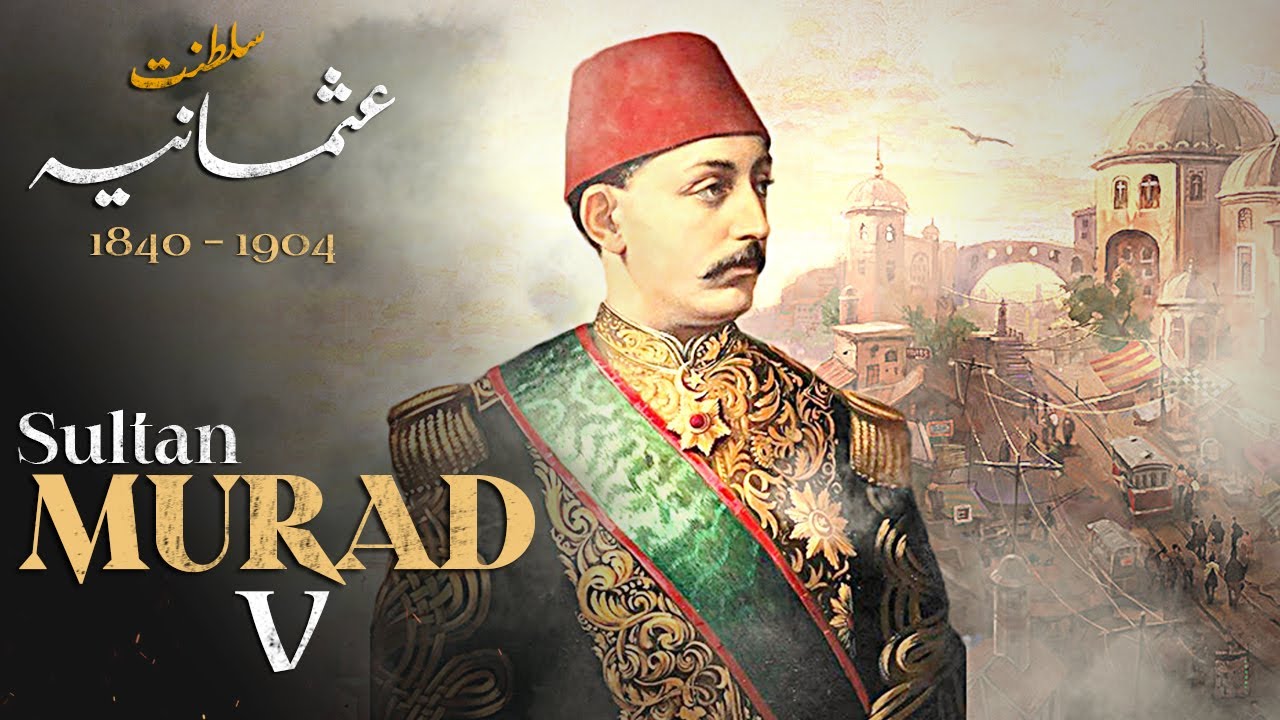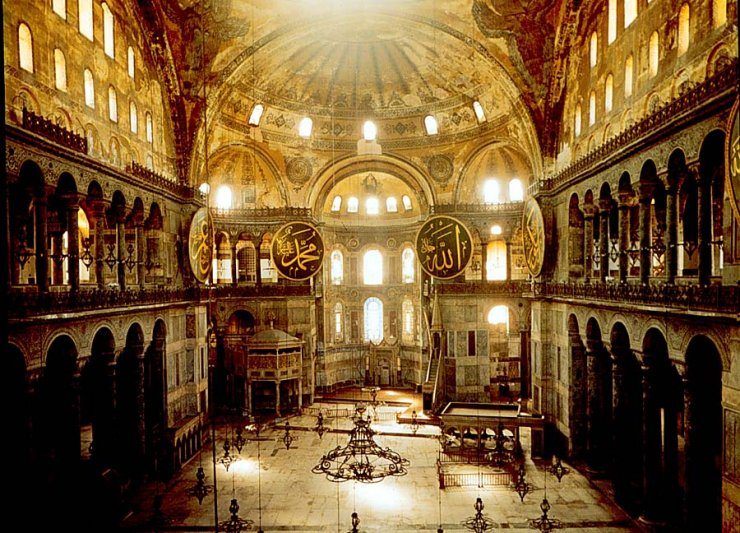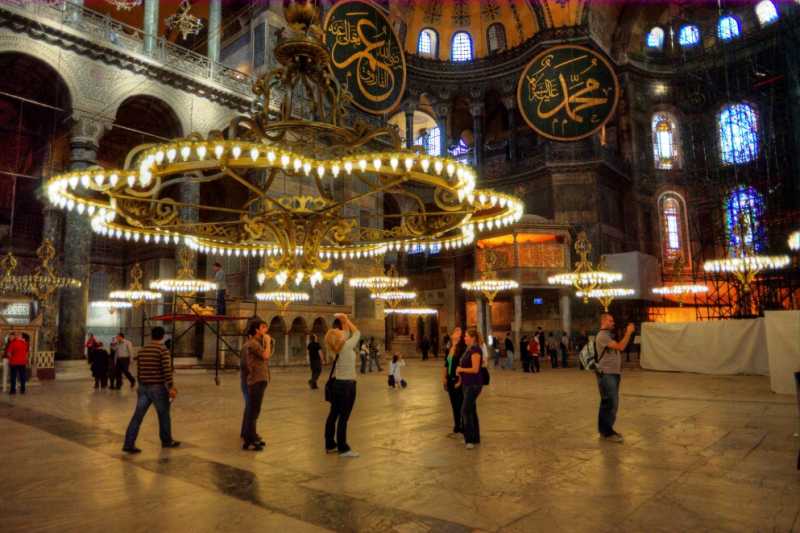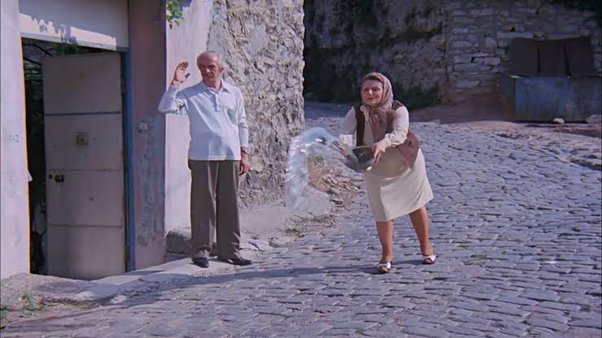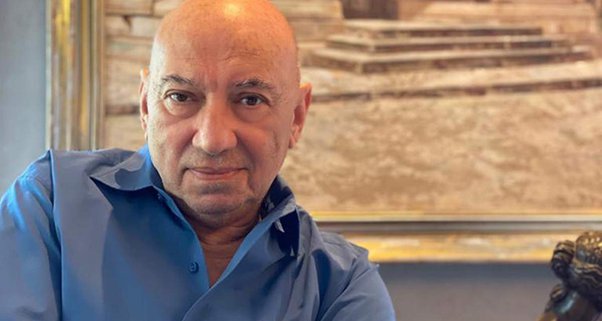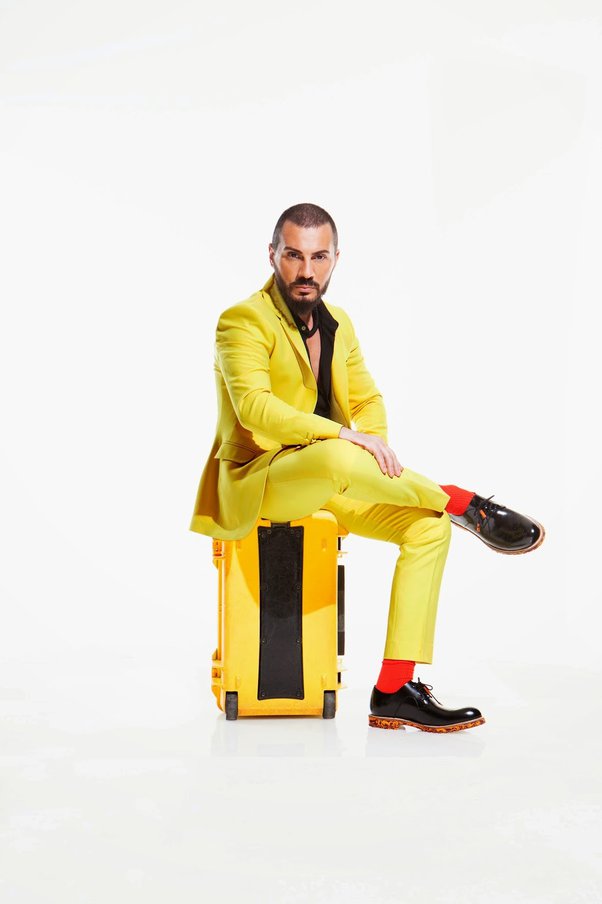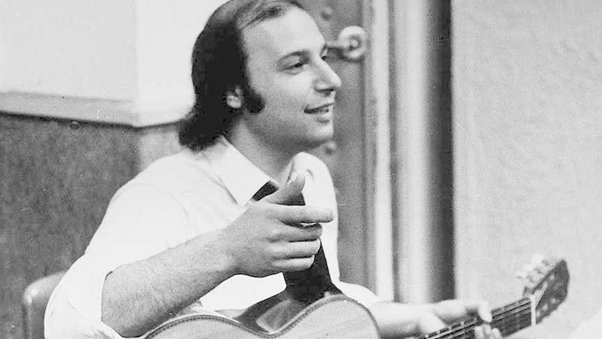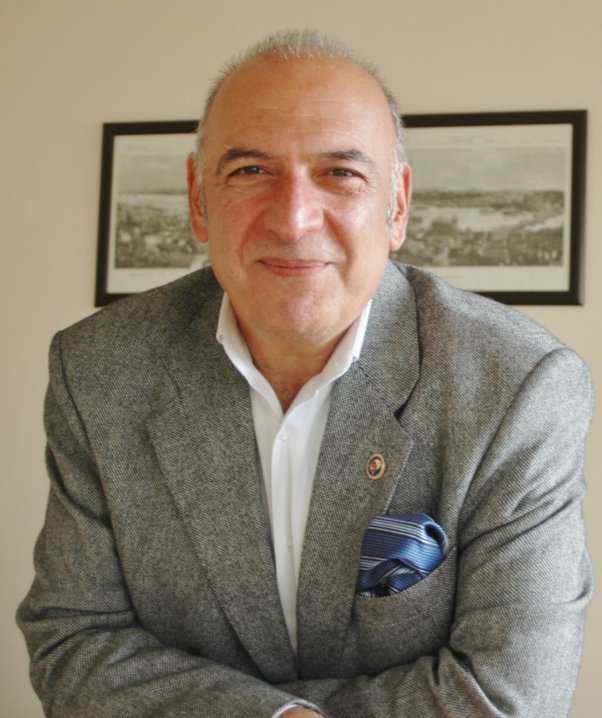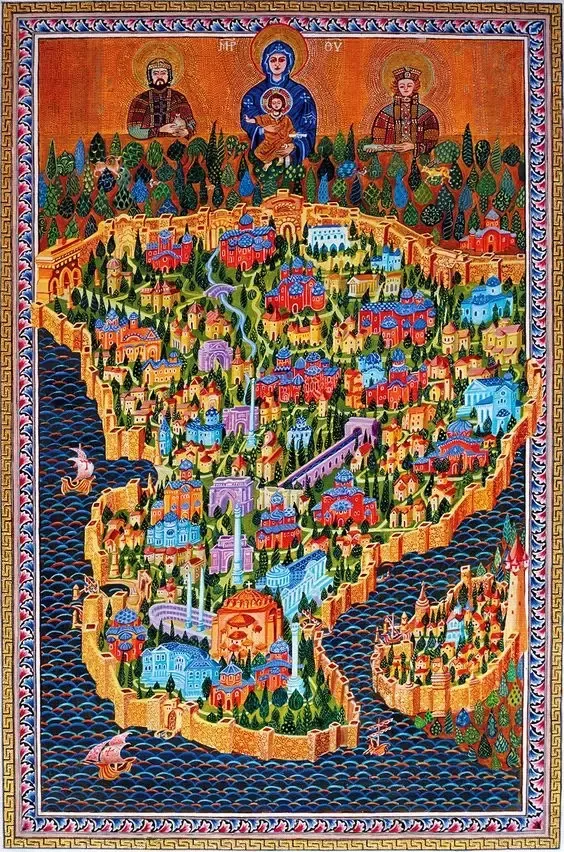Murad V had a tragic, yet morbidly funny one.
It was the year of 1876, and displeasure with the reign of Sultan Abdülaziz was mounting. His vast expenditures upon the Ottoman Navy(which by then had become the third strongest navy in the world) combined with a drought three years ago had brought the Ottoman finances to a limit and led the Porte to declare a sovereign default on 1875. Tax increases to pay off debts had triggered the Great Eastern Crisis in the Balkans. A group of ministers, officers, and other accomplices finally planned to depose him in a coup, and crown in his stead his nephew, Murad, who was aligned with them politically, a liberal-minded Francophile interested in reforming the Empire along constitutional lines. The coup was planned and Murad was informed: Abdülaziz would be deposed on 31 May 1876.
In the preparation for the coup, however, a decision was made. It would be made one day earlier, on 30 May. However, they forgot to inform Murad.
Murad was awakened by a group of men on his door, sent there to take him to coronation. However, the date change was unbeknownst to him. For Murad, there could be only one explanation for why a group of men were at his door one day before the planned coup. The coup had been exposed. His uncle’s men were there to take him. The only likely outcome for him would be execution.
Never a man of stout mental fortitude, Murad had a panic attack. When the men sent to take him to his coronation entered, they found him severely unhinged.
Murad V did not recover. Sitting atop the throne of his uncle, he lived in a state of ever-declining mental health, oftentimes in panic. The mad sultan was finally dethroned on grounds of his inability to rule after a 93 day reign, to be replaced by his half-brother, Abdülhamid II.
All because of one day.
Cem Arslan
Amateur military historian and fiction writer

